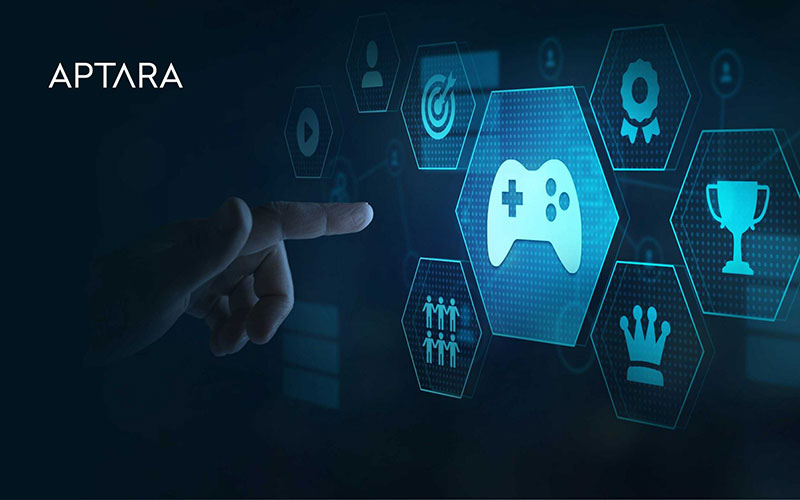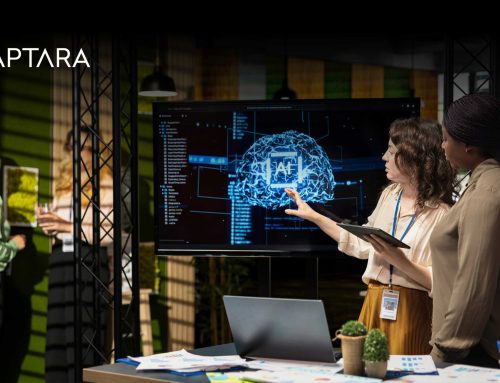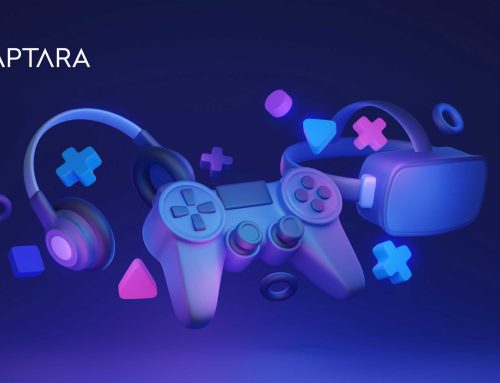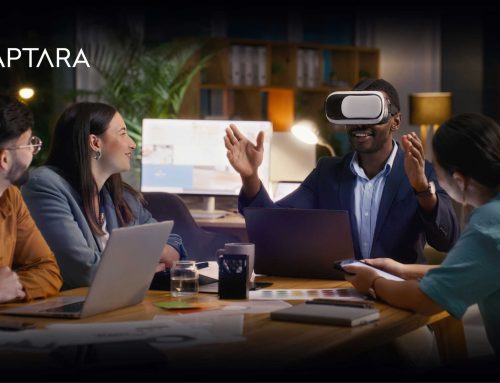Corporate training is evolving, and traditional learning methods are no longer enough to keep employees engaged. Organizations are increasingly turning to gamification—integrating game-like elements into training programs—to drive participation, motivation, and retention. By incorporating points, badges, challenges, and leaderboards, companies can create an immersive learning experience that transforms the way employees acquire and apply new skills.
The Science Behind Gamification
Gamification leverages psychological principles such as motivation, competition, and instant feedback to enhance learning. Employees are more likely to retain information when they are actively engaged in the learning process. Features like leaderboards, achievement badges, points, and rewards create a sense of accomplishment and encourage participation.
Key Benefits of Gamification in Corporate Training
1. Increased Engagement and Motivation
Traditional training sessions can be monotonous, leading to disengagement. Gamification introduces elements like rewards and challenges that make learning more interactive and enjoyable, keeping employees motivated throughout the process.
2. Enhanced Knowledge Retention
Studies show that people learn better when information is presented in an engaging and interactive format. Gamified training modules use simulations, quizzes, and storytelling techniques to reinforce learning, ensuring better retention and application of skills.
3. Real-Time Feedback and Performance Tracking
Gamification allows employees to receive instant feedback on their progress. Leaderboards and scoring systems help trainers and learners track performance, identify areas for improvement, and set clear learning goals.
4. Encourages Healthy Competition and Collaboration
Elements like leaderboards and team-based challenges foster a competitive spirit and encourage collaboration among employees. This social aspect of learning helps build a more connected and motivated workforce.
5. Customizable and Scalable Learning Solutions
Gamification can be tailored to suit different learning styles and job roles. Whether through scenario-based learning, role-playing games, or interactive quizzes, organizations can create customized learning paths that align with specific business goals.
Challenges and Considerations
While gamification offers numerous benefits, organizations must implement it strategically. Poorly designed gamified training can lead to frustration rather than engagement. Companies should ensure that game mechanics align with learning objectives and do not overshadow educational content. Moreover, accessibility and inclusivity should be considered to ensure that all employees can participate and benefit from gamified training modules.
Another challenge is maintaining long-term engagement. Gamification can initially boost interest, but sustaining motivation requires ongoing updates, fresh challenges, and meaningful rewards. Organizations should analyze learner feedback and continuously refine gamified elements to keep employees invested.
Industries Benefiting from Gamified Training
Gamification is widely adopted across various industries, including IT, healthcare, finance, and retail. For example, sales teams use gamified simulations to practice client interactions, while IT professionals engage in cybersecurity training through challenge-based modules. In healthcare, gamified learning helps medical professionals refine their decision-making skills through virtual patient scenarios. Regardless of the industry, gamification enhances skill development and performance.
The Future of Gamification in Corporate Training
With the rapid advancement of technology, gamification is expected to evolve further. The integration of artificial intelligence (AI) and virtual reality (VR) into gamified learning experiences will offer more immersive and adaptive training solutions. AI-driven gamification can personalize learning journeys based on individual progress, while VR simulations provide hands-on experience in a risk-free environment.
Additionally, organizations are increasingly incorporating social learning elements, allowing employees to collaborate, share achievements, and learn from each other in a gamified setting. This peer-driven approach enhances engagement and strengthens workplace connections.
Gamification is revolutionizing corporate training by making learning more engaging, effective, and rewarding. Organizations that integrate gamification into their training programs can foster a culture of continuous learning, improve employee performance, and drive business success. As workplace learning evolves, gamified training will continue to play a crucial role in shaping the future of corporate education. By carefully designing and continuously optimizing gamification strategies, companies can ensure long-term learning success and skill development for their workforce.





